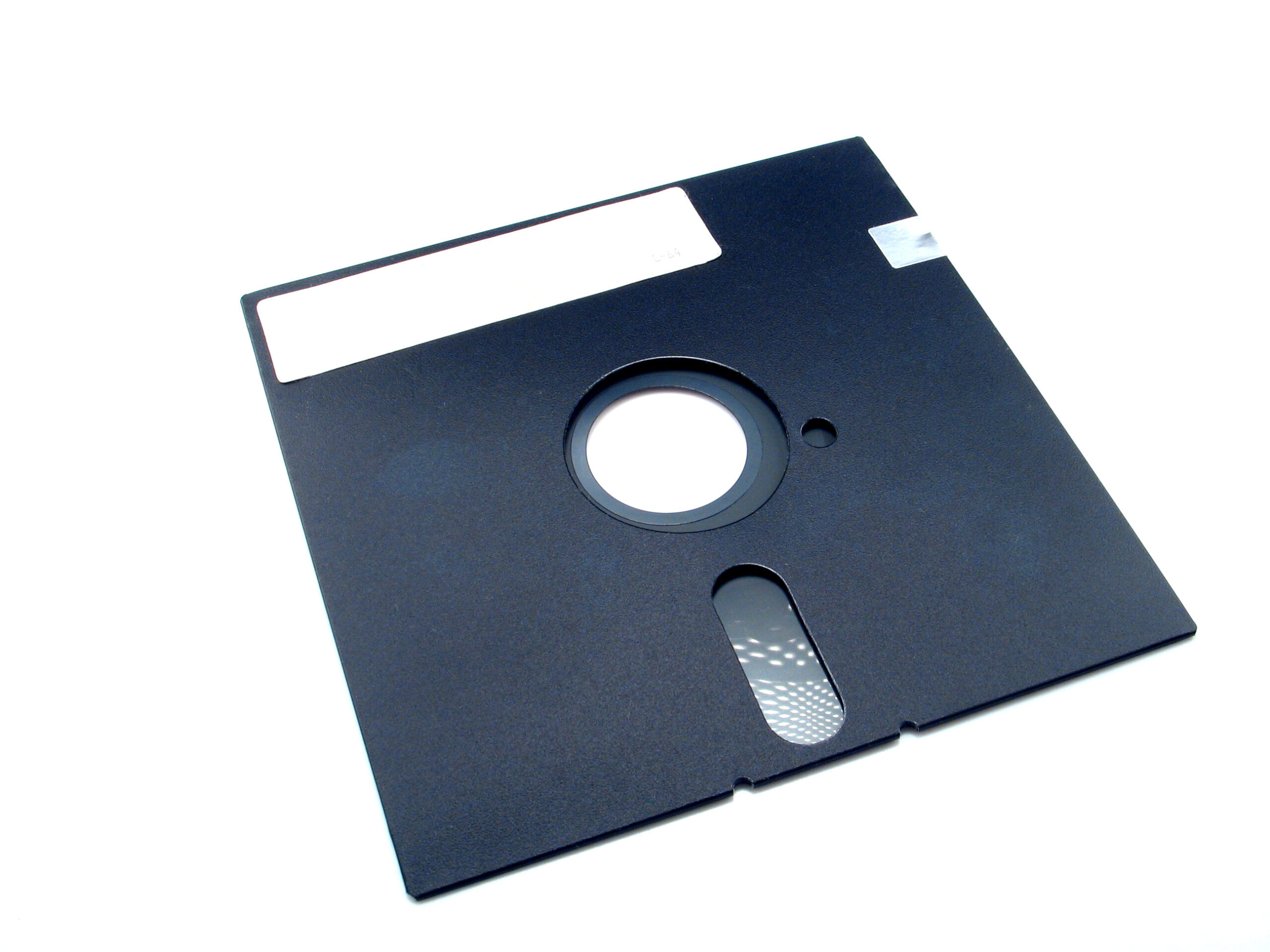They’re not merely replacing floppies, swapping in some emulators to take over. They’re attempting to redesign and future-proof the entire system. That kind of a big deal. Oh, and it all has to run flawlessly during the transition period.
This ain’t your homelab boys.
According to the article, the other improvements are priced separately from the $212 million de-floppy-ing.
And that cost includes decades of support.
The $212 million contract includes support services from Hitachi for “20 to 25 years,” the Chronicle said.
No, the $212 million includes the entire upgrade (and 20 years of support) of the automatic train control system. The full $700 million plus is for the overall modernization of multiple systems.
Not disputing what you said — just clarifying that other upgrades are not part of the $212 mil and what is meant by “whole system”. The $212 is just to replace the floppy based system with something newer that includes a service contract.
“Beyond the floppies, though, the Muni Metro needs many more upgrades. The SFMTA plans to spend $700 million (including the $212 million Hitachi contract) to overhaul the light rail’s control system. This includes replacing the loop cable system for sending data across the servers and trains. The cables are said to be a more pressing concern than the use of floppy disks. “
Supposedly the new system is five gens ahead of the old system and would have additional features. Some would say “if it ain’t broke don’t fix it” but whatever. I’m sure it will be as fancy as upgrading to Windows 11 at that price.
Yeah, I understand the article to be saying that the Hitachi contract is for the train control system, including the software and equipment necessary for the operation of the train underground. The broader system upgrades include communications systems between trains and stations. At least how I read it.
So they’re upgrading to 3.5" and token ring?
What’s a token ring?
Also I’m pretty sure I still have a box of 3.5” they can have lol
What’s a token ring?
Wait-your-turn Internet
If it’s stupid and it works, it ain’t stupid.
It comes from a time when wired infra was a shared medium and only one party could talk at a time. To control who talked, they passed around a token. The token would essentially take a lap around the ring before you could speak again.
Because it’s a shared medium, it’s one big collision domain.
Now, collisions are bad, mmmkay.
Modern wired infrastructure is switched. There’s some brains in the operation. The switch learns the hardware ID (unique MAC address) of every device that’s talked to it, because every frame that goes through it has the source and destination hardware ID as part of it.
As such, the switch will only forward out the port where it knows the destination is. It can only know it from one (logical) port (if there’s more than one, that’s a paddlin’). If it doesn’t know it, it’ll forward the frame out all interfaces except the one it rode in on.
Compare this with modern wireless where, aside from 802.11ax, clients just… (essentially) wait for a random amount of time, listen for a break in the signal, and take a leap of faith. It’s amazing anything works on wifi with how much modern homes stress them.
802.11ax, clients just… (essentially) wait for a random amount of time, listen for a break in the signal, and take a leap of faith.
Ethernet originally worked the same way, back when it competed directly against token ring. Ethernet won by being as reliable in real world scenarios while being cheaper to build out. Gigabit Ethernet was the first standard that insisted on full duplex only.
Half duplex mode with the collision avoidance is still actively supported for 10/100, but it is becoming very hard to find an unswitched hub. So you may have to write up your own twisted pair cables.
Yeah…kinda left a lot of the layer 1 stuff out of it when I segued into modern ethernet. I could’ve really ranted.
That was still really close to modern Ethernet when 10BaseT and 10Base2 were out. It was the switched networks and Spanning Tree that really made ethernet win out, by supporting full duplex and scaling way betterer.
Although if I remember correctly, and I could be off because most of this was before my time and I learned from a greybeard who came up on Token Ring…the same physical media for both 10Base2 (the coax with bnc ends, T’s at each station, and a terminator on each end) and later 10BaseT (UTP CAT 3, if we are being contemporary) Ethernet did end up getting used for Token Ring as well, just different hardware. And I think IBM was actually able to squeeze more bandwidth out of the same wires for a while, too.
Honestly if not for switched Ethernet and Spanning Tree, Token Ring would’ve had several more years of life left in it, at least.
Modern 802.11ax (Wifi6) borrows a little bit from the methods of token ring by having the AP essentially schedule timeslots for each of the clients…but it won’t make much improvement till most (if not all) of the segment (that is, devices connected to any one radio) is ax or higher. I believe (and don’t quote me on this), that is very similar in concept to how the later generation token ring MAUs worked.
You can still do 10Half on some high end managed switches. But most SFPs and mGig ports won’t go down that low, and mid-range enterprise access switches are getting fewer and fewer 10/100/1000 ports.
Good. Maybe that means they’ll finally upgrade the damn badge readers.
Until someone forgets the terminator on one end of the network and the token falls out
“That’s why we’ve got a bucket under the wire’s end. Token spillage is a pain in the ass to sweep up. At the end of the day we just collect the bucket and put all the tokens back in the first machine.”
deleted by creator

I was all prepared to explain token ring architecture, but this is way better.
The idea was one computer on the LAN would hold the “talking stick” (the token) and transmit whatever data it needed to, then pass the token off to the next computer in the ring. If a computer received the token and didn’t have anything to transmit, it’d just pass on the token. The problem would be detecting when one of the computers in the loop had gone offline or crashed and taken the token with it. After some amount of time with no traffic, some system was responsible for generating a new token and an amended turn order. Similar problems existed when a new computer wanted to get added to the rotation.
Who will carry on the knowledge of what the a:\ and b:\ drives were?
deleted by creator
Teach your kids to play music with
cat /dev/fd0 >/dev/snd.Oh my god make it stop
Ctrl + C
Jesus, thank you. Only took 12 hours of scrambling my brain
And why the floppy drive’s ribbon cable has a little twist in it??
Now I’m curious, why *does *the floppy drives cable have a little twist in it?
It’s kind of an elegant hack IBM did to make floppy drives easier to bother with.
Floppy drives were designed to attach to the computer in a bus topology, sharing all of their data connections. The only wires that weren’t in common were the Motor Enable and Drive Select lines, which is how the computer would tell the drives which one it wanted to talk to. This meant the drive needed to know which drive it was, so there were jumpers on the back so you could set them up as Drive 0 or 1 (which would show up in DOS as A or B). By twisting seven cables (three of which were ground and weren’t effected) and jumpering all drives as Drive 1(B), drives attached before the twist would respond as drive B and after the twist as drive A. That way you didn’t need to fuck with the jumpers. Some later drives even did away with the jumpers and hard wired them as B.
Thnx for this exposition!
I’m not 100% sure off the top of my head, but the end result is that the drive is set to A: rather than B: in Windows. Something to do with the pins on the motherboard specifying the drive order.
You are correct. Later drives sometimes had a cable select dip switch/pin or different ports on the motherboard.
Right the jumpers would be cable select, master , slave generally. You could use master and slave or cs but shouldn’t together. Not that you can’t but screwing up your jumpers was the easy way to be pulling you hair out for failure to boot to the right drive or failure to id in the right order.
The CP/M gang, of course!
5.25" floppies were obsolete for years before they even installed the system in 1998. They could have been using compact flash cards by then.
Compact flash? Nah, that was primetime for Iomega Zip Drives!
Fear the click of death!
Fuck yo Zip Drives, all my homies use SyQuest
It would have been replaced a long time ago if that was the case.
SuperDisk gang ride up!
It’s not quite as crazy as it seems. The older/larger floppy disk formats were more reliable due to their lower track density.
There was more surface area per byte of data. The old floppy disks could be written once and read for years in harsher environments. New floppy disks we more prone to failure after a few years.
Sounds like a grift. All you need is an emulator and a disk image.
Yeah if that’s all that needed replacing. The entire system is ancient, not just the disks, like:
Much more critical than the dated use of floppy disks is the system’s loop cable, which transmits data between the central servers and the trains and, according to Roccaforte, “has less bandwidth than an old AOL dial-up modem.”
The SFMTA’s website adds:
The loop cable is fragile and easily disturbed. This makes subway maintenance more difficult. This also means the system cannot be extended outside the subway, along surface rail, where currently we don’t have automatic train control.
The loop cable and other non-floppy improvements are priced out separately according to the article.
All the deserved ribbing aside, if you had to design a removable, R/W, high-capacity, environmentally tolerant, secure, fault-tolerant, mission critical storage system that could last 25 years, starting NOW…
What would you pick?
That’s a tough one, even if you design future hardware upgrades into the system.
Sounds like an addiction
Hey man, you got any of them floppies?
Far more than I am proud to say, far more.
wait till they hear from the 5.25" Floppy Disk lobby
Big Floppy Slams San Francisco
This is clearly a tender fail. Byte code can be emulated for a fraction on that price. And it’s a two or three man job with a rota
I’ve got an old USB 3.5 drive for posterity, SF. I’ll light one up for you.














